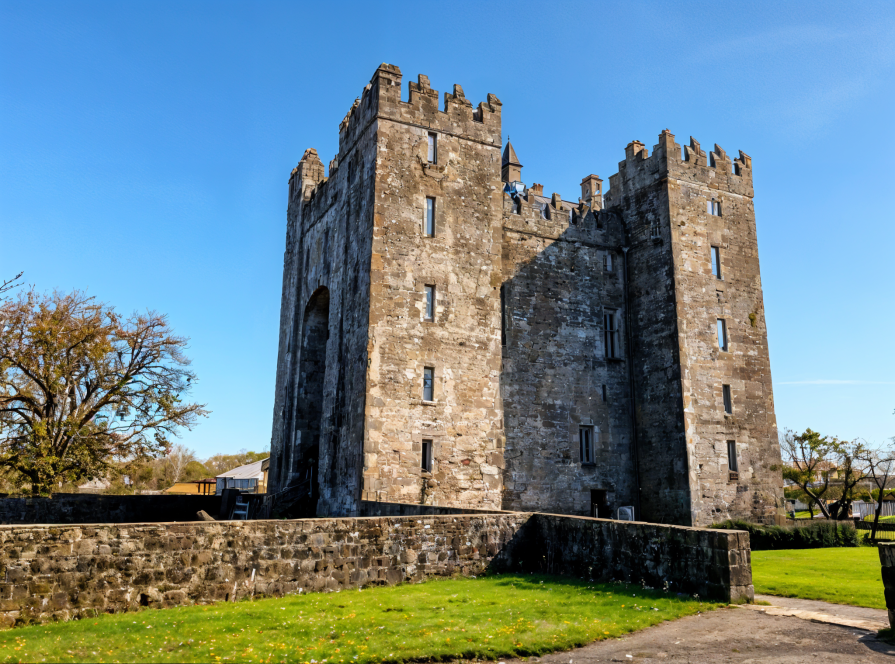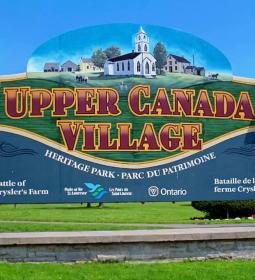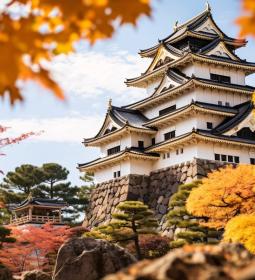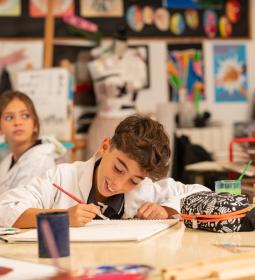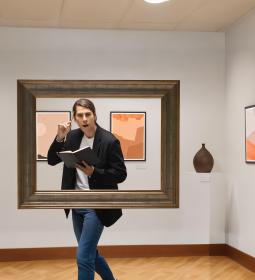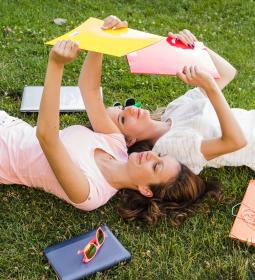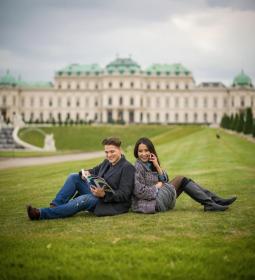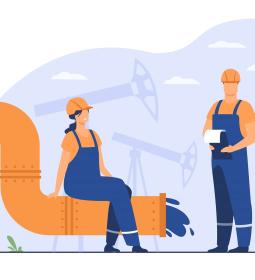There are more than a hundred medieval castles preserved in Ireland. The fierce competition for tourists does not embarrass Bunratty Castle in County Clare, which managed to preserve not only the ancient walls, but also the interiors and furnishings. The name "Bunratty" in Irish means "mouth Rattie": the river Rattie is near the castle itself with high teeth, surrounded by a park. Coming here, tourists cross the temporal border. The proximity of the modern city of Shannon to the castle only enhances the sense of sharp movement in the Middle Ages, although it spoils the view from the castle towers.
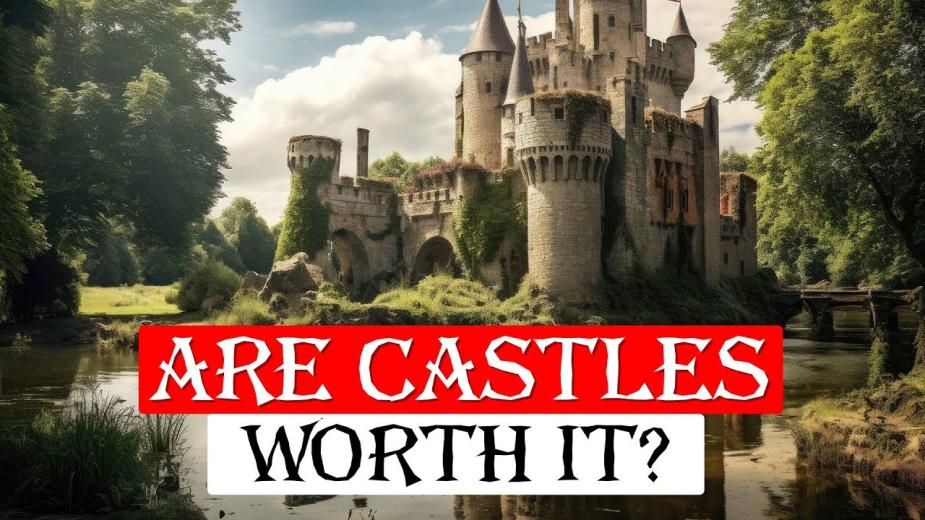
All stories in Ireland begin with the Vikings
At the end of the 10th century AD, Vikings lived in the castle. It was a trading settlement where warlike sailors brought their booty for trade and exchange.
The Vikings were succeeded by equally belligerent Normans, so in 1250 the first defensive structure with mounds and wooden towers appeared in Bunratty. Peasants settled under the protection of the walls and a village appeared. At the end of the 13th century, the new owner of the manor, Thomas de Clair, built a stone castle, the second of the three built on this site. In 1318 the Irish stormed the castle, completely destroying it and the surrounding village - more than 100 years the castle lay in ruins. In 1425, in its place the Irish clans O'Brien and McNamara built a new impregnable castle, which survived to this day. The new owners surrounded the castle with gardens, set aside as hunting grounds, and began to organize festivals.
The military history of Bunratty did not end there. In the seventeenth century, Cromwell's troops entered here, but the last castle of Bunratty proved durable and was only partially destroyed. At the end of the seventeenth century the ruined buildings and premises were rebuilt.
As for feasts, they are held in the castle every summer. Anyone can go to the feast by buying a ticket, but it will not be just a meal in the hall for the celebrations. The festivities at Bunratty are medieval in the full sense of the word:
- dishes are prepared according to recipes from the 15th through 17th centuries.
- Music, entertainment and dancing are taken from those times.
- The table etiquette is also in keeping with the times: you eat with your hands and wipe your hands with a napkin on your chest.
- At the end of the dinner guests are offered tobacco, a novelty of the season.
The penultimate owner, Thomas Staddert, lived in Bunratty with his family until 1804. At the beginning of the 19th century, it was no longer so prestigious to live in a stone old castle: I needed modern conveniences, fashionable living rooms. Staddert builds a Victorian-style house next to the castle and moves there with his family, and the castle is abandoned for a century.

In 1953, Peer Standish Wereker, 7 Viscount Gort, buys Bunratty Castle , and Bunratty's new life begins that day. Standish Wereker, a connoisseur of antiquities, invites restorers who return Bunratty to its former appearance, putting in order the preserved interiors, furniture, tapestries, paintings. Vereker supplements the castle's collection with medieval furniture from other places and art objects from his own collection of antiques.
In 1962, Vereker handed over the restored castle to the state and a national museum was opened there.
Bunratty's green surroundings: a Victorian park surrounded by a wall
During the construction of the Bunratty house in 1804, the castle park was also renewed. Like the mansion, the park was conceived and realized in the Victorian style, fashionable in the early 19th century model "park with walls". The park's territory is surrounded and crossed by stone-faced walls that perform an aesthetic function, have arches and transitions and create an impression of a protected space. However, the walls also solve practical problems: they hide the park from prying eyes and protect from uninvited guests.
The park is full of flowers and greenery - a pleasant walk after visiting the castle with its narrow staircases and stone halls will add to the impression. Fruit trees grow in the park: their fruits are on the tables during the summer feasts in Bunratty.
A real Irish village with wolfhounds and dancing
Inside Castle Park is an 18th-century Irish village, the People's Park. It contains houses typical of the Irish countryside of the time, many of which were brought from various parts of Ireland. The furniture and crockery, the outbuildings are all true examples of Irish peasant life.
The village is lively, with all its inhabitants: residents, pets. Many visitors to the park, impressed, talk on social media about the huge Irish wolfhounds. Employees of the folk park museum in national costumes are engaged in housekeeping, taking care of livestock and poultry, offering to try pies.
For tourists arrange master classes on the old economy. Mill, smithy, tavern - all can be visited, all works. There is an alternative to the castle feast - a peasant festival "Irish Nights": traditional dances are held in a large barn, accompanied by country musicians and singers.

